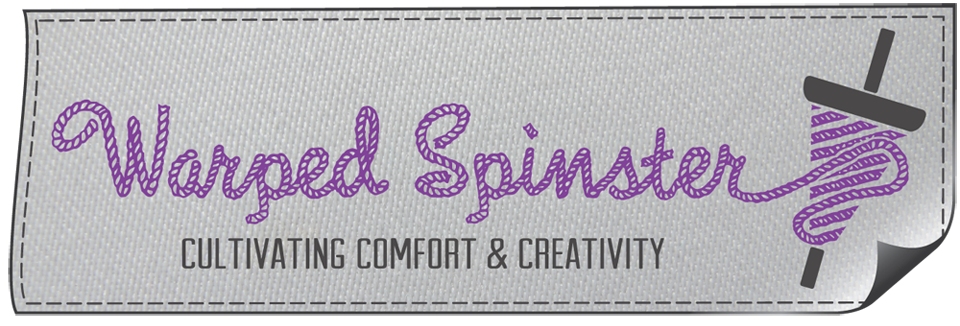I have projects. Lots and lots of projects, across all manner of arts and crafts--spinning, weaving, knitting, crocheting, bobbin lace, scrapbooking, and especially mini-scrapbooking. If you are reading this there is a fair chance that you have a wealth of projects, too.
Here are some of my reasons for having so many projects; see if you own any of these, yourself:
1) A 2 year old has nothing on me for
attention span, and I can't blame the modern, digital, soundbytes world
for it. I know that's the popular theory but I've always had a short
attention span. Apparently, I am not alone in that.
2) One of my great passions is for learning; I just like learning new things. Once I've learned something, I've been-there-done-that and am ready for the next thing to learn. I'm not talking about learning the macro, like "quilting" or "spinning" (though I suffer from that, too) but a particular technique, or pattern, or material.
3) I really do start out planning to finish everything but, in spite of all those good intentions I work on something for awhile and then get bored. And get distracted. ("Oooo! Sparkly things!") I suppose, if you wanted to be unkind, you could call it a lack of focus.
I know artists who finish a project before they start a new one. I admire them for that, I am even a tiny bit jealous and I'm happy that that works for them--but I'm afraid it just doesn't work for me.
There are benefits to having a treasure trove of projects from which to choose--at least for me:
a) I add to my tool kit of techniques and skills, in a shorter period of time. Granted, I don't practice most of them enough to reach 100% perfection but, to be honest, I don't need to reach perfection in all of them. Some of them I learn and practice enough to know how they work, or to know that it isn't a technique I want to continue.
b) Those things that I don't perfect are still tucked away in the back of my creative brain, dormant until some point at which they might raise their hands to be used in a project that hasn't even been conceived yet. Will some things lie dormant forever? Probably, but that's OK because the percentage of those that will be used later is much higher.
c) Even if I never use a technique or skills, as is, it's a larger repertoire for adaptation. Just one little change can make it perfect for a new project or idea. And from there, there will likely be another change....or two.... (It may end up looking nothing at all like the original. But that's OK; in fact, that's great!)
d) It's all part of letting creativity have its way in my brain, and through my hands. And that is better than OK, that's what it's all about. End products are nice, and I will always want to finish some things, but I'm coming to realize that the creative process is at least as important, if not more so, than the end product. If your livelihood depends on end product you may have to focus more on that but why not have some fun along the way--maybe the stress of production need will be eased a bit if you feed your creative soul all along the way. If you do need product for your business, what do you think? How do you feed your creativity?)
e) Multiple projects "feed" off each other in my creativity. It's true, sometimes I put something aside because it has started to bore me to tears but, even when I do that, it often finds its way back--something for my hands to work on while my creativity plays around in my head, or a different texture or skill is just what the more current project needs, or what I need for a break.
So, is this all just rationalization for a short attention span? I used to think so, but I don't any longer. And what about Goldilocks? The challenge, for me, is to find the right number of projects.
If there are too many I'm in danger of being overwhelmed with all that is waiting, unfinished, for me. I also have chosen some creative endeavors that are not inexpensive, especially if you want to use good materials. And you almost have to use good materials because life's too short to spend a long time on a project that isn't going to acceptable in the end, right? But I don't have an unlimited budget so too many projects means a better chance that really fine materials are languishing in a closet, and that's a shame. (So, re-purposing of materials is important.)
If there are too few projects everything feels stunted and creative flow is blocked. I get fidgety. Last night I finished a knitted lace scarf and already I'm trawling around for another. Oh, I have plenty of UFOs, of course, but I'm itching--literally (or is it twitching?) for something new.
What is "just right" for the number of projects? I'm not sure I've found the perfect balance yet for me. But that's OK. :-) I've renamed my UFOs to AFOs (Almost Finished Objects)--no matter how close to, or far from, finished they are. They're just perfect, wherever they're at in completion terms.
What's right for you?






















































